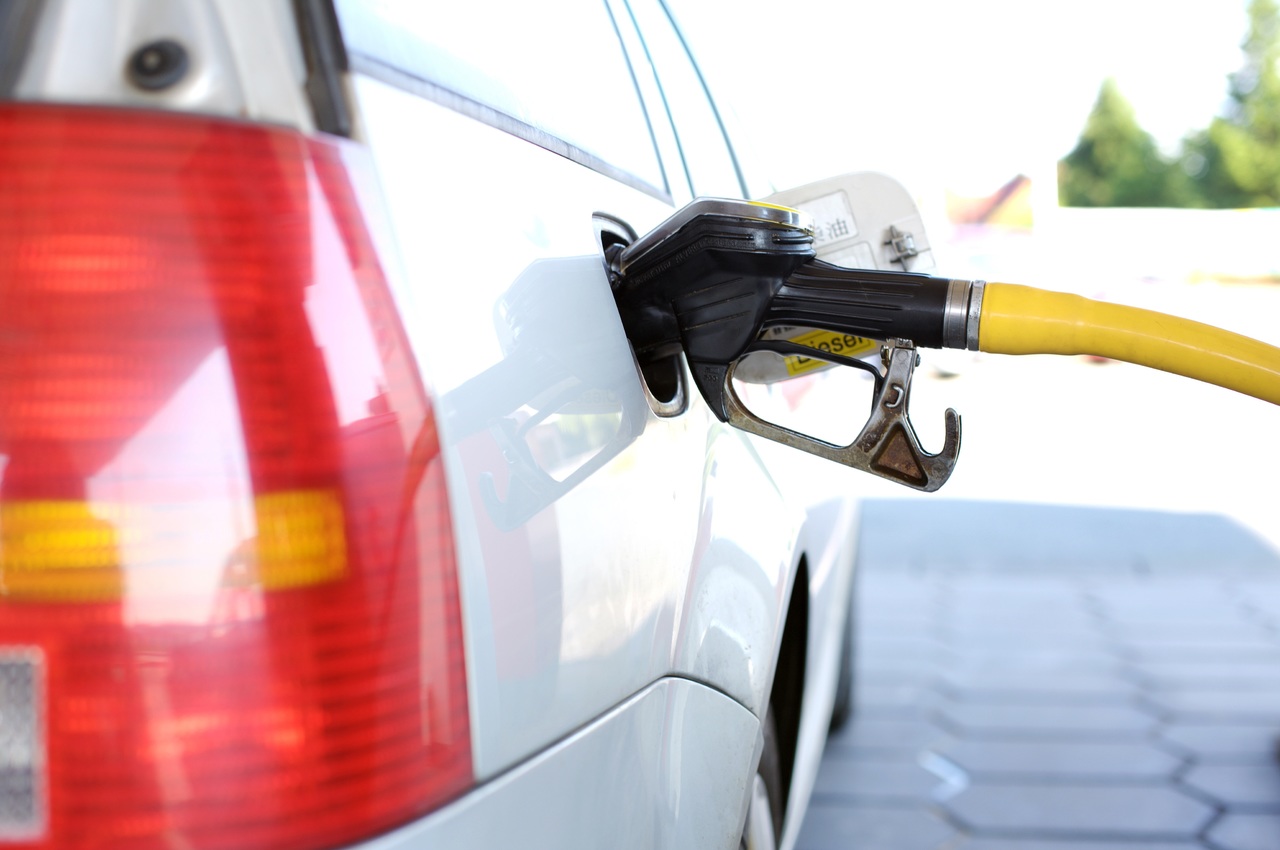4 Ways to Beat Rising Fuel Prices
South Africans are facing one of their largest increases to fuel prices yet after petrol increased by 91c per litre and diesel by 55c per litre on Wednesday 4 August 2021.
It has already been a tough year for South Africans and motorists who now have to fork out much more for fuel than ever before. The fuel price increase come on the heels of a difficult economic situation due to lockdown and because of recent unrest.
The best way to reduce petrol consumption is to change your mindset which in turn will affect your driving attitude for the better. Here with a few tips to help you readjust your driving habits and save fuel.

1. Anticipate conditions
Adopt a defensive driving style so you can anticipate changing traffic conditions before they happen. You should drive looking 12 seconds ahead of you. This will allow you to see traffic slowing ahead of you or traffic light changes well before they happen; allowing you to timeously adjust your own speed to avoid coming to a complete or sudden stop.
2. Do not speed
Drive at speeds that suit the current conditions and avoid speeding. Reducing speed by 20kph in certain instances can reduce fuel consumption by 20%. Often speed is also accompanied by fast lane changes, sudden acceleration and harsh braking. Not only does this increase fuel consumption but it also costs you more in maintenance. Increasing your speed will only make minimal, if any, difference to trip times.

3. Plan ahead
Plan each journey to save fuel. It can help you avoid traffic jams; help you choose the most fuel-efficient routes and avoid leaving too little time. It will also help you avoid rushing which makes driving fuel efficiently almost impossible.
4. Drive nicely
As mentioned already, inconsiderate driving increases fuel consumption. This includes unnecessary lane changes, harsh acceleration and speeding. Instead, keep to the road rules and follow techniques such as keeping your engine revs between 2500 and 3000rpm. This can result in a saving of up to 20% in fuel consumption.
Use fuel-savings tips to reduce the impact of high fuel prices and get the most out of each full tank.
Source: MasterDrive


